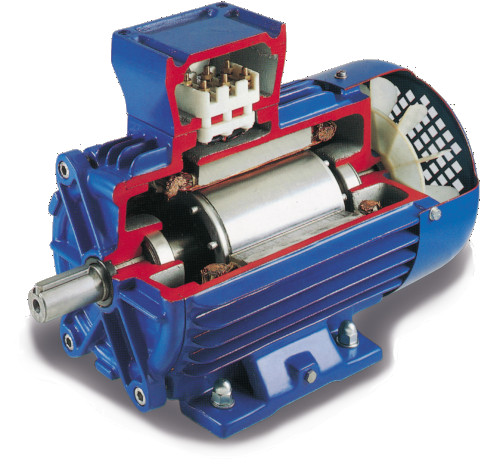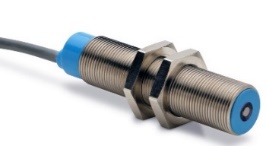BONDED MAGNETS
The Bonded magnets, where magnetic material is mixed with some plastic components, can be compressed or injection molded;
this magnets are available in Ferrite and Neodymium, offering a wide range of magnetic properties.
Binder types include Nylon 6 (PA6), Nylon 12 (PA12) PPS and others.
The field of application varies according to the combination of materials from 40 °C to 160 °C.
According to the different mixing solutions between binders and magnetic powders tehy could have different corrosion behavior, different mechanical strengths, particular magnetic properties and particular resistance to operating temperature.
The permanent magnet powder and the polymer are first kneaded together to form a compound. The compression or injection molding of Bonded permanent magnets is practically identical to the molding of normal plastic materials. The only difference is that for the production of anisotropic magnets the presence of an oriented magnetic field is necessary during the molding phase.
COMPLEX
SHAPES
The injection molding process is particularly suitable for complex shapes and parts with thin walls. This opens up completely new possibilities in the design of magnets and magnetic systems.
MULTIPOLE
MAGNETIZATION
The particular production process and their characteristics allow a wide variety of multipolar solutions, giving a finished product that has no need of future assembly.
WIDE RANGE OF
MAGNETIC FEATURES
The bonded neodymium based products have a range from 2 MGOe to 12 MGOe. Bonded ferrite based products have a range from 0.1 MGOe to 2.5 MGOe.
FAST
ASSEMBLY
Bonded magnets can be printed directly on a metallic or polymeric component (molding insert), so as to reduce assembly operations with other components.


